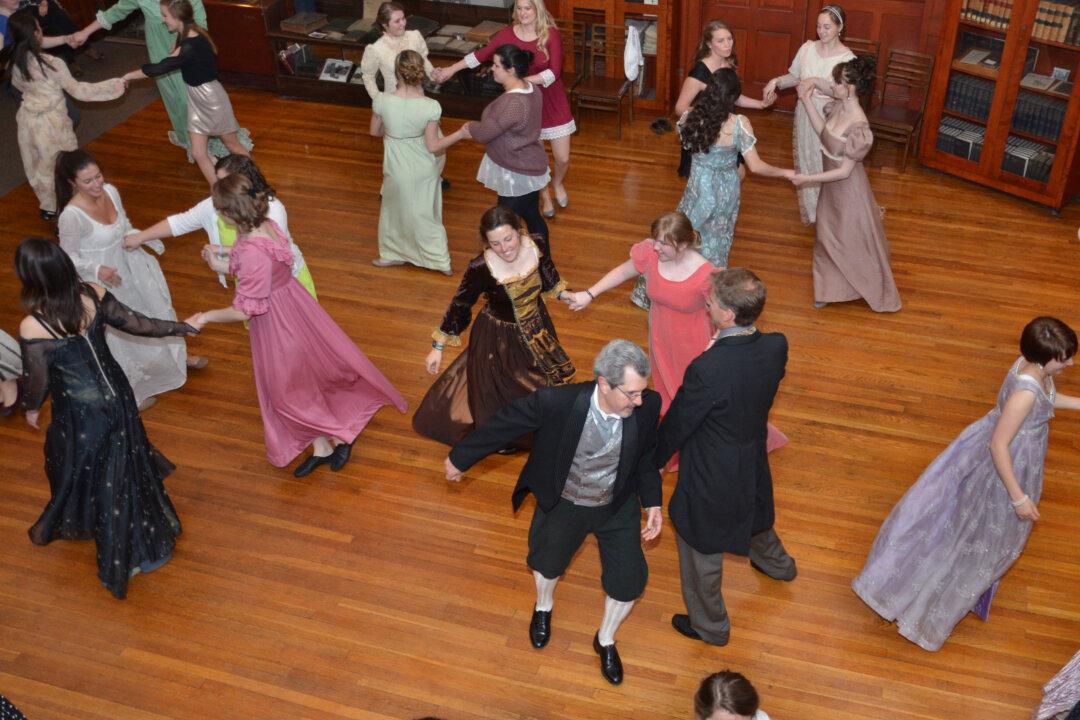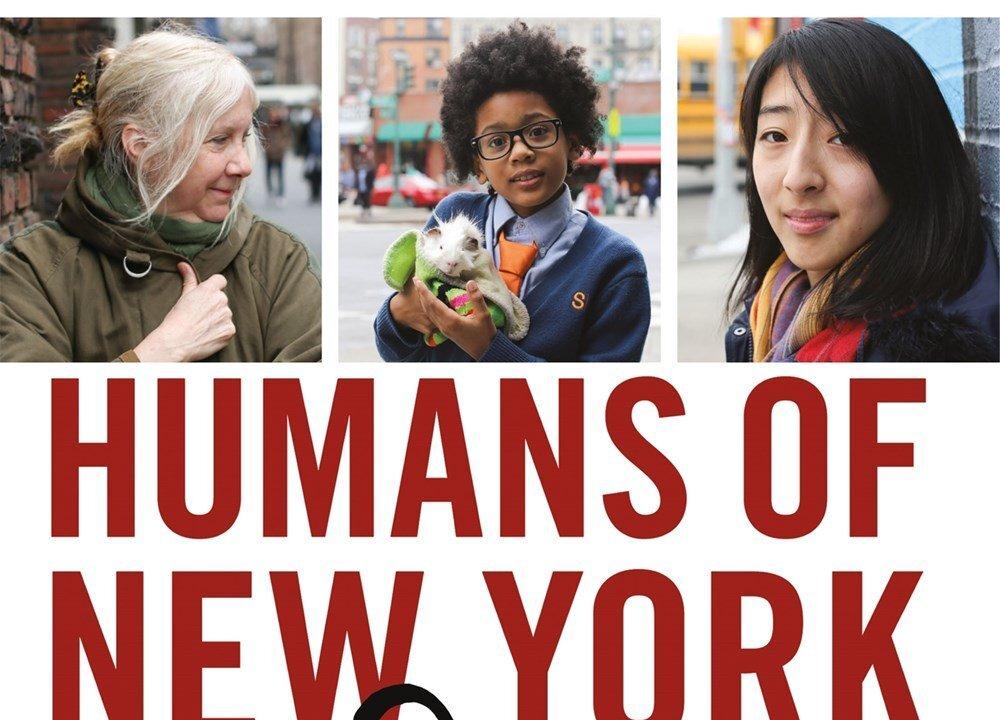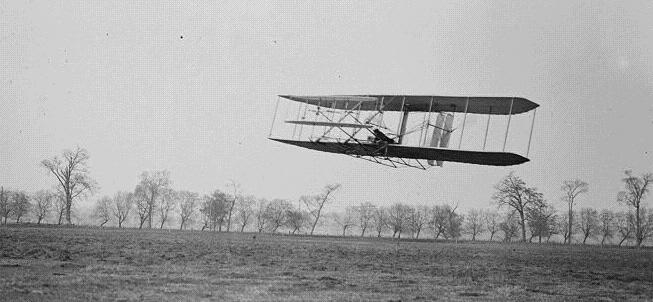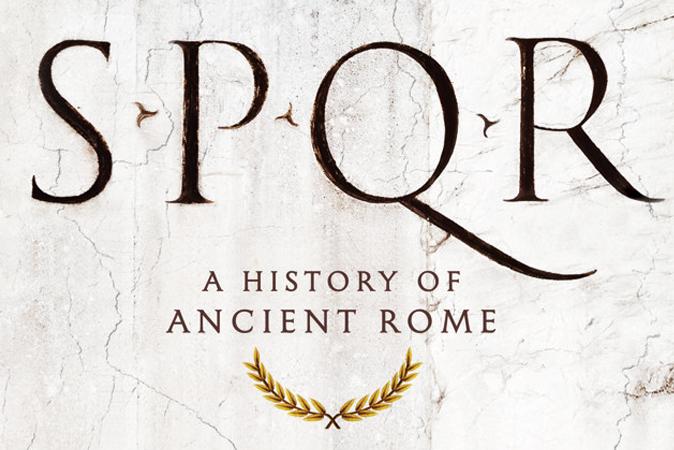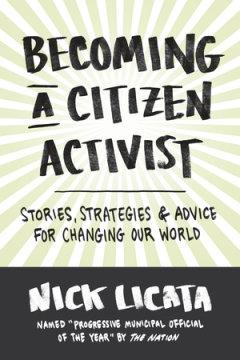Girls come in from the warm and sticky air, shake off their sandals, and gather on the dance floor. They giggle excitedly about their weekend plans and practice a few warm-up dance steps, although they feel warm enough already. There is only one Friday class that these girls don’t seem to mind attending: Jane Austen Dance. The instructor—a tall, slender woman named Rosalind Clark—stands at the stereo with a small yellow booklet that contains every dance that the girls may learn.

Dancers often wear early 19th century costumes at the ball. Courtesy of Rosalind Clark

